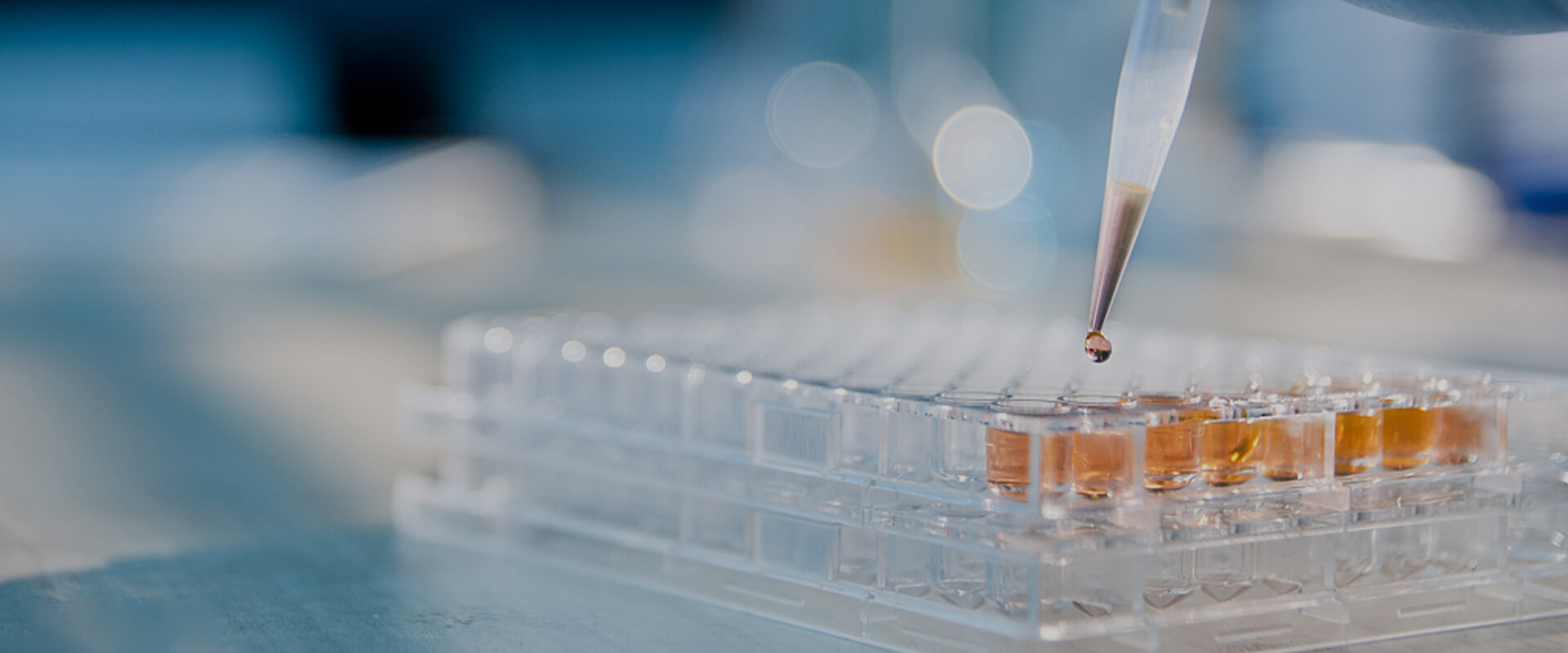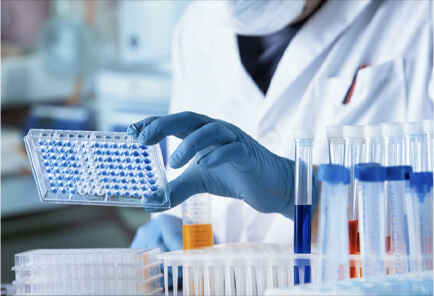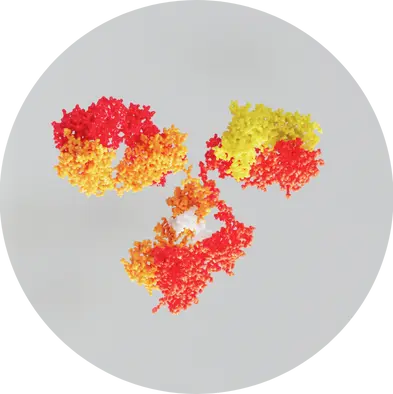Compendial methods are standardized methods (protocols) from US Pharmacopoeia (USP). Compendial tests are performed to determine if the pre-set sepcifications are met and/or to address anticipated regulatory concerns. Compendial methods are not required to be fully validated but these methods must be verified to demonstrate the suitability of laboratories to successfully run the method. Also, when methods are transferred between laboratories, successful transfer should be demonstrated through testing or a transfer waiver, if justified. If a laboratory uses an alternative method, instead of a compendial method, equivalency or superiority of the alternative method should be demonstrated. Compendial methods may be implemented as part of the routine quality control strategies, in addition to addressing anticipated regulatory concerns, and/or establishing general drug compatibility.
visual inspection to ensure products are free of visible particulates




